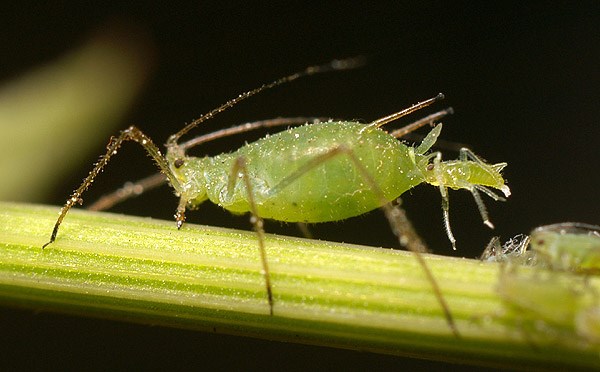INTRODUCTION:
We've had fun putting these caches out and everybody seems to be having fun finding them (unless of course, certain insects are out to "get you"). So, we are putting out more (caches, not insects). The theme this time is INSECTS (as you've already figured out by the title). Some of these you may encounter on your geocaching trips and some of them you may wish you had not. Instead of a steady line of caches down the trail, we thought we'd try something new for us. All are easy puzzle caches and the geoart is one of our favorite insects: the dragonfly - as it eats what annoys us all the most: mosquitoes.
Note: There may NOT be cell phone service in some areas of the K & P Trail.
TRANSPORTATION:
The K&P trail is a single lane dirt road with gravel on it in some areas. You can hike it, bike it or drive it albeit very slowly. When placing the caches we never drove over 15 km/hr. Mostly it was at about 10 km/hr. Just when you think it's smooth going a huge puddle hole will "get" you. On bikes, you will have no trouble except if you go out after heavy rain (or during rainfall) as it will be muddy in areas. On foot, be aware that there are very few houses along the way - so don't go alone. Safety in numbers. There are some pretty streams along the way, wetlands and Graham Lake just North of Lavant Station (a nice place for a picnic lunch).
INSECT:
Aphid
Aphids, also known as plant lice and in Britain and the Commonwealth as greenflies, blackflies, or whiteflies (not to be confused with "jumping plant lice" or true whiteflies), are small sap-sucking insects, and members of the superfamily Aphidoidea. Aphids are among the most destructive insect pests on cultivated plants in temperate regions. The damage they do to plants has made them enemies of farmers and gardeners the world over. From a zoological standpoint they are a highly successful group of organisms. Their success is due in part to the asexual reproductive capabilities of some species.
About 4,400 species are known, all included in the family Aphididae. Around 250 species are serious pests for agriculture and forestry as well as an annoyance for gardeners. They vary in length from 1 to 10 millimetres.
Natural enemies include predatory ladybirds, hoverfly larvae, parasitic wasps, aphid midge larvae, crab spiders, lacewings, and entomopathogenic fungi such as Lecanicillium lecanii and the Entomophthorales.

Aphid giving birth
The cache can be found at:
-. --- .-. - .... ..-. --- .-. - -.-- ..-. .. ...- . --.. . .-. --- - .-- --- .-.-.- ... .. -..- ... .. -..- --.. . .-. --- .-- . ... - ... . ...- . -. - -.-- ... .. -..- ..-. --- .-. - -.-- - .-- --- .-.-.- --.. . .-. --- . .. --. .... - ..-. .. ...- .